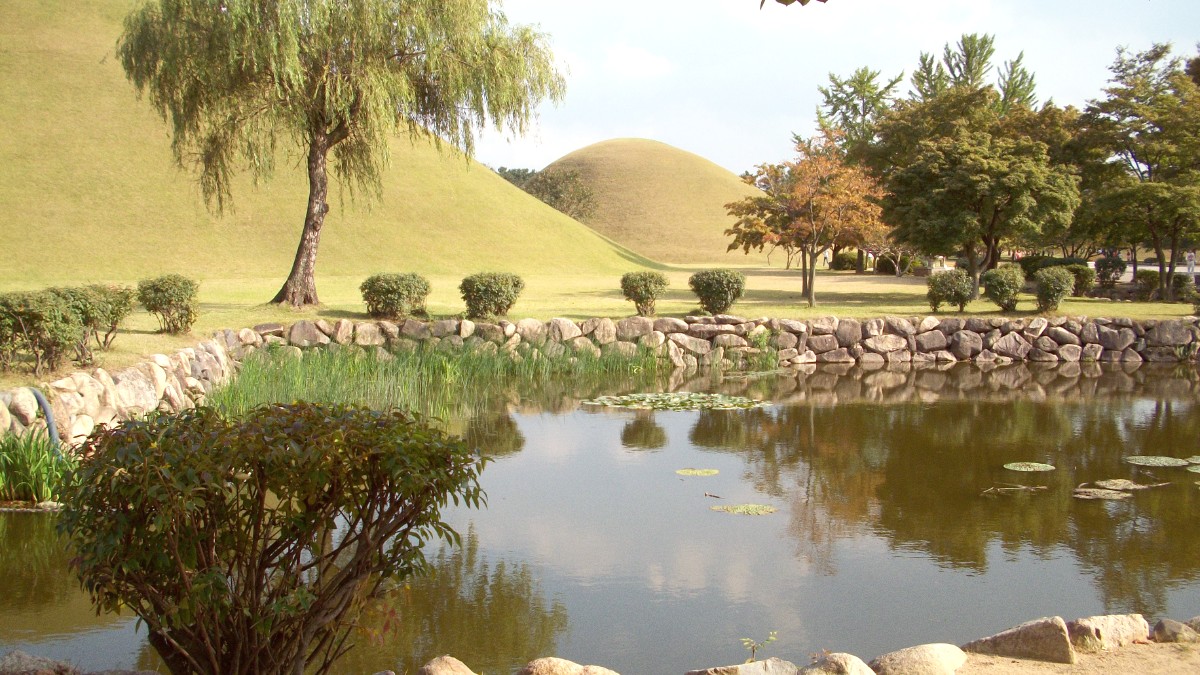
Gyeongsangbuk Do, South Korea
You find coastal plains, river basins, and mountains like Namsan and Tohamsan. These features are part of Gyeongju's history and culture. The river gave ancient kingdoms water for growth. Mountains nearby gave natural defenses and became sites for temples and carvings.
The city's location shaped Silla's long rule. It gave a strong, defendable, and resource-rich place. The natural world directly shaped the kingdom's buildings, art, and beliefs. The landscape is a core part of Gyeongju's past.
Namsan Mountain has many Buddhist relics carved into rocks or standing as pagodas. These relics fill a wide space, making the mountain an open-air museum. Paths through the mountain lead visitors through historically rich scenery.
Gyeongju was the Silla Kingdom's capital for almost 1,000 years, from 57 BC to 935 AD. It served as the core of politics, money, and culture for one of Korea's longest dynasties. Its greatest period came during the Unified Silla era after Korea's unification in the 7th century.
People call Gyeongju "the museum without walls". This comes from its many historical relics. Temples, royal tombs, pagodas, and ruins scatter throughout the city and countryside. Many sites are UNESCO World Heritage Sites.
Intricate stone work and peaceful architecture.
Artificial cave temple, superb Buddha statue, Silla art peak.
Royal tombs (Daereungwon), Cheomseongdae Observatory, Donggung Palace, Wolji Pond.
Mound-shaped tombs hold artifacts, insights into Silla elite.
Roads, irrigation, pottery fragments show a sophisticated society.
Gyeongju's history extends beyond its local area, shaping Korean culture and identity for ages. It is a strong symbol of Korea's ancient heritage, giving visitors a direct link to a grand past.
UNESCO sites show deep Buddhist impact and high Silla artistry. Bulguksa Temple shows fine stone skill and calm design.
Seokguram Grotto has a great Buddha statue. It shows the best of Silla Buddhist art and engineering.
The city's history extends beyond grand structures. It also includes the daily lives of people who lived here for a millennium. Remnants found during digs paint a picture of a clever society.